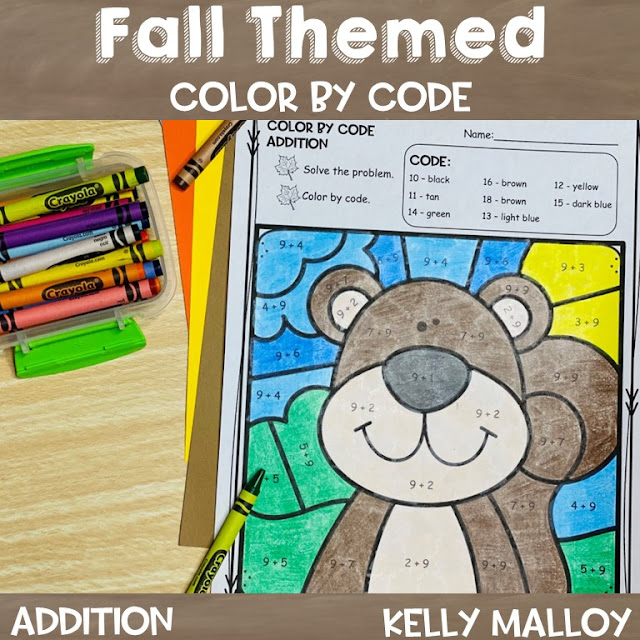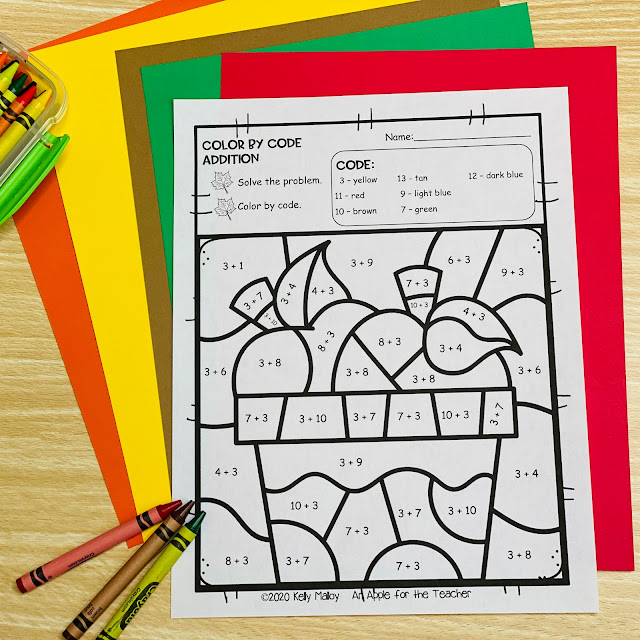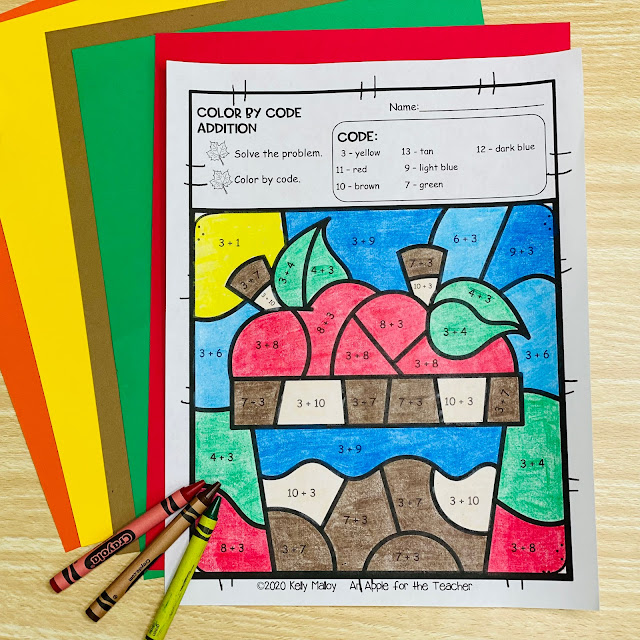This post contains affiliate links. I earn a small commission each time someone makes a purchase using one of my links, which helps to support the blog. All opinions are my own and I only promote brands and products that I have used myself and truly love.
Every year since I have started using the program (almost 10 years now), my students have LOVED it and get mad at me if I ever forget to do it. And, not only do they love doing it, but they actually know all of their math facts which helps so much when we start doing more math concepts such as reducing fractions or finding equivalent fractions.
Well, a few years ago at Meet the Teacher night almost EVERY single parent came up to me and introduced their child with the line,
"He/she has great anxiety about taking timed math facts tests, you don't use them do you?"
I almost wondered if a hidden camera was in the classroom as some sort of joke.
But, there wasn't a hidden camera, so I knew the parents' concerns were valid and I needed to be responsive to my students' needs.
I came up with a plan to reduce their anxiety.
I passed out the Kicking It Math Fact folders like I usually do, and explained how to put the sheet protector in the folder so they they could be re-used. Then I passed out level A of addition. Even though I usually start with the multiplication version with my 4th graders, I thought that starting a step down would be less stressful and anxiety provoking.
Then I told my students to hold their fingers up in the air. I told them they were just going to "write the answers" on their forms using their fingers.
One of the students protested, "But, then you won't be able to see if we got them right?"
"This is for you to practice your math facts, so I don't need to know if you are right or wrong, I just want you to practice."
Another student raised their hand, "How much time do we have?"
"As much time as you need. When you finish, bring your folders up to me."
The students began taking the test with their fingers as writing tools. One by one they finished up and turned them into me. The whole process took about 3 minutes.
The next day, one of the students asked, "Can we write our answers today?"
My response, "Anyone who wants to write their answers using a dry erase marker can."
Every student in the classroom pulled out a marker. They again, completed the forms and turned them in. Again, the process took about 3 minutes. Since they had written their answers, I graded them and replaced them with Set B. They had all passed.
When I passed out the sets the next day, they were so excited to see they had moved on a level.
"Are you going to time us today?" One of them asked.
"I will set a timer for anyone who wants to use it. If you finish after the timer, don't worry, just finish your set like yesterday and turn it in."
I set the timer for 3 minutes since that was about how long it took the past two days for every student to finish. Again, the whole class finished in time, and again, the whole class passed.
From that day forward, we continued using Kicking It Math as I always have, and they were just as excited about earning their belts as my past students had been.
Here are some more tips for helping your students to overcome timed test anxiety.
Tips for Tackling Timed Tests and Math Anxiety
1. Don't Use a Timer.
You don't need to use a timer to use math facts fluency tests. The process shouldn't take more than 5 minutes as long as you are using 60 questions or less. If students are taking longer, you may need to help with practicing the facts, or making sure they are actually on task.
2. Reduce the Amount of Facts.
If your students are not successful with the amount of facts you are asking, reduce the number of facts you are asking them to solve. You can do this by drawing a line halfway through a standard timed test.
My Kicking It Math Facts resource includes a version with less questions asked that doesn't look much different from the standard ones.
3. Use Math Games to Practice.
I love using math games to help my students practice their math facts. The games sometimes have a timed element, but the focus is on playing the game, so they don't have as much anxiety attached to it.
Here are some games you can use to practice math facts:
4. Practice the test verbally first.
I have my students practice their math facts verbally right before we take the math facts test. I have practice belts and flashcards included in the Kicking It Math resource, but you could also just have students verbally answer whichever timed test you are using. This will give them additional time to practice and gain confidence before they take the test.
5. Provide Extra Practice
I keep track of my students' progress and try to keep them all at a similar pace. If I notice that there is too big of a gap between my highest and lowest student (more than 3-5 levels), I provide extra practice to my lowest students to help them catch up. This might include extra math fact practice in small groups or even additional opportunities to take the tests.
6. Don't Use Them As a Grade
I want my students to know their math facts fluently, so that they can save their working memory for learning the more challenging concepts in math. I don't need to take a grade to do this. I use math fact fluency tests as a way to help them practice and strengthen their memory muscles.
Since they are not graded, the pressure is reduced.
7. Help Students Develop a Positive Mindset About Math
My own math anxiety didn't come from timed tests (I'm one of those weird kids who loved them), but instead as a reaction to a particular math teacher.
I had an Algebra teacher who would tell me that I needed to practice my waitressing skills or that I wouldn't even get into a community college whenever I got a problem wrong. It was this constant berating when I made a mistake that made me hate math.
Years later, I had a Calculus teacher who saw mistakes as part of learning, and explained how mistakes grew dendrites in our brains. He built off what we could do rather than what we couldn't.
We as teachers really can effect whether our students have math anxiety. To reduce math anxiety, help your students build a positive attitude about math.
By helping your students to overcome their math anxiety and fear of timed tests, you are not only helping them with their math, but you are changing their perception of themselves as learners!
What other things do you do to help your students overcome math anxiety?
































































